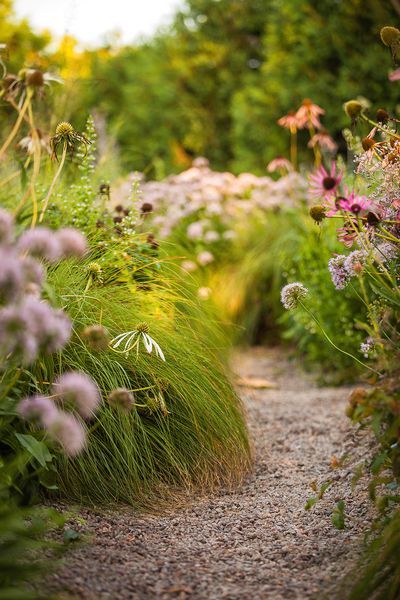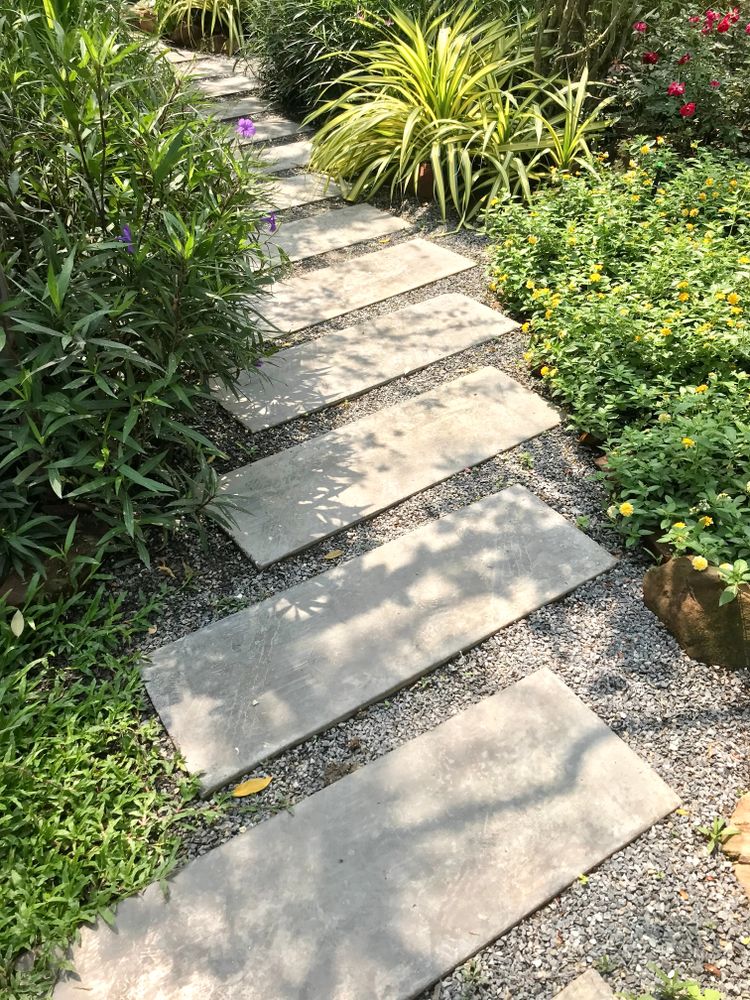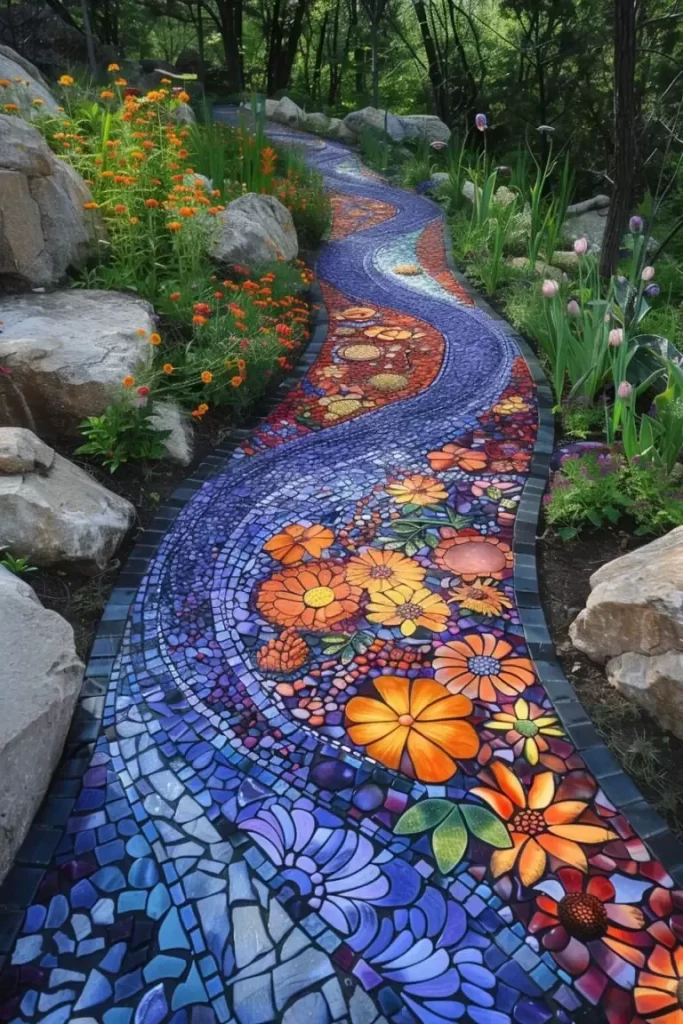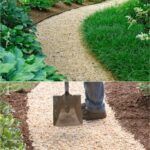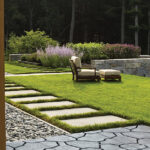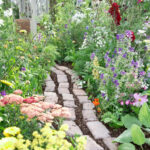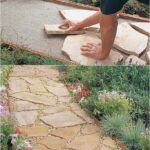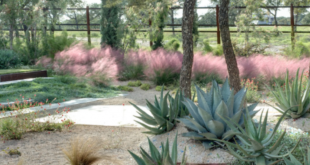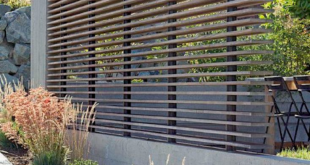One popular trend in landscaping and outdoor design is creating beautiful garden paths. These paths not only provide a practical function by guiding visitors through the garden, but they also add a touch of charm and visual interest to outdoor spaces. With a wide range of materials and styles to choose from, there are countless possibilities for creating a unique and inviting garden path.
One classic option for garden paths is using natural stone. Whether laid in a random pattern or carefully arranged in a geometric design, stone paths lend a timeless and rustic feel to the garden. Flagstone, cobblestone, and pebbles are all popular choices for creating a durable and visually appealing path that complements the surrounding landscape.
For a more modern and sleek look, consider using concrete or pavers to create a clean and contemporary garden path. Concrete can be poured in a variety of shapes and sizes, stamped with patterns, or dyed in different colors to create a custom look. Pavers, on the other hand, can be laid in traditional brick or cobblestone patterns, or arranged in a more creative and artistic design.
For a touch of whimsy and charm, consider incorporating recycled materials into your garden path. Old bricks, salvaged wood, or even broken pieces of pottery can be repurposed to create a unique and eco-friendly pathway. These materials add a personal touch to the garden and can be a fun DIY project for those looking to add a creative flair to their outdoor space.
Another popular option for garden paths is using gravel or decomposed granite. These materials are cost-effective, easy to install, and provide a casual and relaxed look to the garden. Gravel paths can be edged with brick or metal borders to create a clean and defined pathway, while decomposed granite can be compacted for a more solid surface.
If you’re looking to add a touch of color and texture to your garden path, consider planting groundcover or low-growing plants in between stepping stones or pavers. Creeping thyme, moss, sedum, or even ornamental grasses can create a lush and inviting border along the path, adding visual interest and softening the edges of the hardscape.
No matter what style or material you choose for your garden path, the key is to create a design that complements the overall aesthetic of your outdoor space. By mixing and matching different materials, incorporating plants or flowers, and experimenting with different patterns and shapes, you can create a garden path that not only serves a practical purpose but also enhances the beauty and charm of your garden.
 yishifashion Where Outdoor Dreams Become Reality
yishifashion Where Outdoor Dreams Become Reality
